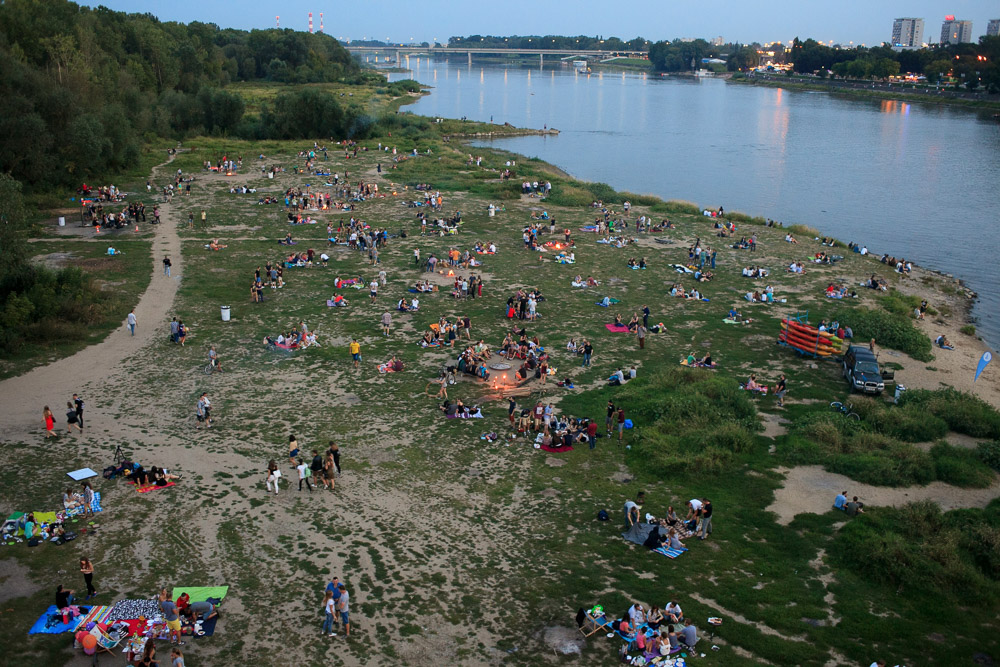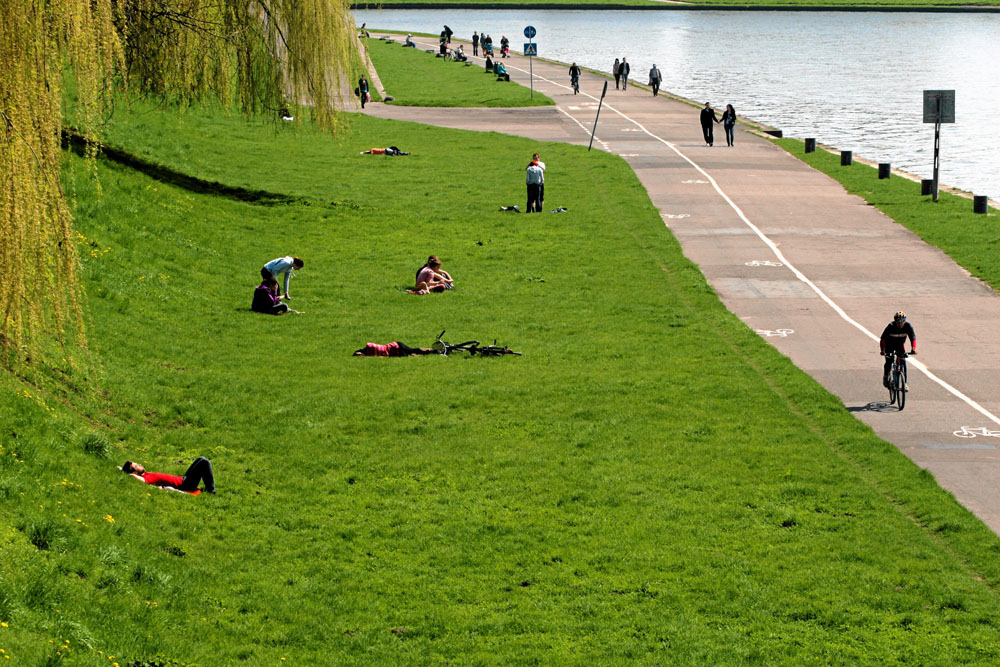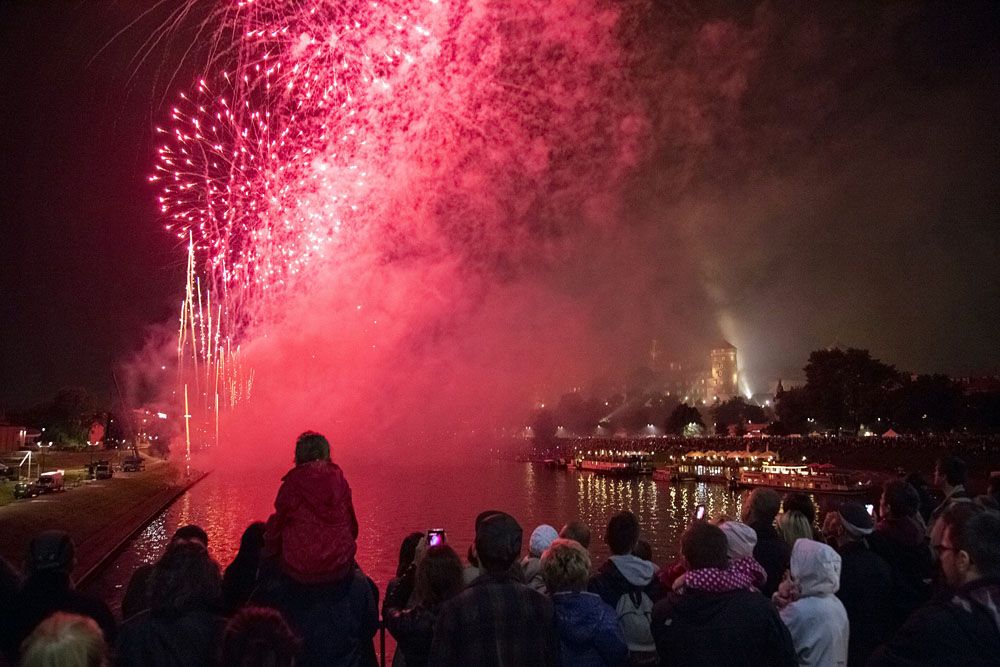The first map of the world on which the River Wisła appeared comes from the 7th century BC – it made its way onto the map thanks to Marek Agrypa and we know of it only from later descriptions. According to the map, the ‘Vistula’ or ‘Vistla’ separated Germania and Dacia. We now know that at the time, the image of the world was more of an approximation rather than a detailed account of reality. The river was however already considered a border – it remains a border of sorts, but fulfils a somewhat different role today.
Dr. Łukasz Twardowski from the University of Łódź established that in the current administrative division of Poland, the Wisła overlaps with 23% of the voivodeships’ borders. As much as 47% of its length follows the borders of counties and 13% the borders of municipalities. The areas in which the Wisła doesn’t serve as a natural boundary are cities which lie on both river banks. That could lead us to the conclusion that as well as dividing, the river can also connect. But does it really?
Let’s take a closer look at the two biggest cities in Poland: the Wisła runs through both Warsaw and Kraków, but cuts through them in different places.
 The River Wisła on the Praga side of Warsaw, photo: Jacek Łagowski / Forum
The River Wisła on the Praga side of Warsaw, photo: Jacek Łagowski / ForumIn the first case, the Wisła divides Poland’s capital into two halves, cementing the division of left-bank and right-bank Warsaw. Praga, situated across from the Old Town and Mariensztat, was a city in its own right until 1791. It always had its own rhythm and its own atmosphere, and did not always have a very good reputation. The stereotype of the neighbourhood being ‘worse’ that the left bank was only confirmed by newly built factories (producing goods for the benefit of the left bank), a lack of investment in public transportation, and a lack of cultural and communal facilities such as museums, theatres, and cinemas.
Today Praga’s potential is being rediscovered. The right bank can now be reached by metro, and numerous tenement houses and historic buildings are being revitalised. This includes the opening of the Praga Museum of Warsaw, the modernisation of the Powszechny and Baj theatres, and the construction of the Sinfonia Varsovia Music Centre, as well as a local cultural centre in Konopacki Palace. What’s more, the change is not only in the ‘physical’ sense – the mentality is changing as well. More and more tourists and Varsovians alike are drawn to Praga because of its folklore, and new fashionable cafés, art galleries, and cultural centres are popping up all over. And nothing can beat the unique atmosphere of pre-war Warsaw, which is still palpable on that side of the river.
 Kraków, resting by the Wisła, photo: Jakub Ochnio / Agencja Gazeta
Kraków, resting by the Wisła, photo: Jakub Ochnio / Agencja GazetaThe current capital of Poland has much to learn from its predecessor – Kraków. It would not be an overstatement to say that the Wisła, which runs through Kraków, is an integral part of the city. This is undoubtedly because of the region’s topography – the upper part of the river is quite narrow, so the urbanisation process took place at the same pace on both sides. It is also important to remember that the Wisła didn’t always flow through Kraków the way it does today. In the Middle Ages, it twisted and turned and broke off into branches which divided the town into separate islands. The riverbed we know today as the Zakazimierka was originally an offshoot of the Wisła. The Wisła’s original riverbed, which has been filled, was in between the Kazimierz district and the city (currently Dietla and Daszyńskiego Streets).
 Kraków, Garlands (Wianki) – a traditional outdoor celebration of Midsummer’s Eve, photo: Beata Zawrzel / East News
Kraków, Garlands (Wianki) – a traditional outdoor celebration of Midsummer’s Eve, photo: Beata Zawrzel / East NewsBoulevards designed by Roman Ingarden run down both sides of the Wisła in Kraków. Originally built for flood control, the boulevards have become the perfect place for a stroll or a bike ride and have the best view of the Wawel hill and castle. The name Wawel actually comes from the old Slavic ‘wąwel’, meaning in water.
The River Wisła is becoming part of the construct of the contemporary national identity. The river is, more and more, becoming part of the city – numerous cultural events make the Wisła part of their programme, whether it’s only a pretext, context, or even as a stage, cities are finally opening themselves up to the river.
Sources: Two Times Into The Same River. The Vistula as Part of Cultural Change (editor’s translation), National Centre for Culture, Warsaw, 2016; Łukasz Twardowski, The Role of the Vistula River As A Border On The Background of Historical Divisions of Poland and Its Importance In The Current Administrative Division
Article originally written in Polish, Feb 2017; translated by WF, 23 Mar 2017